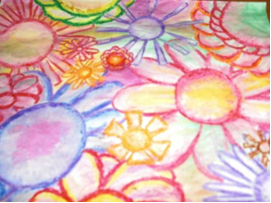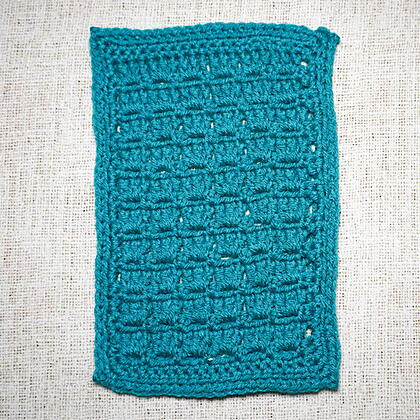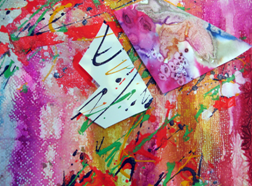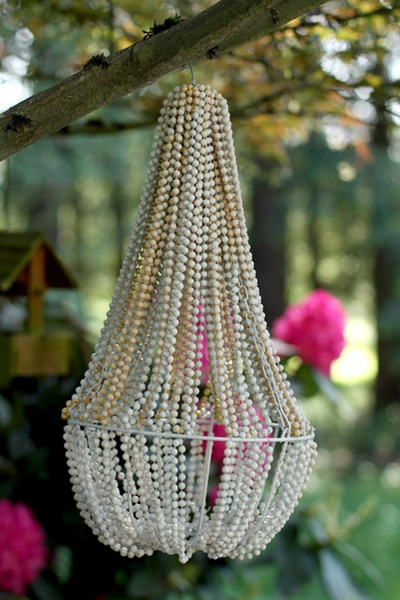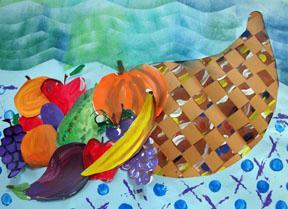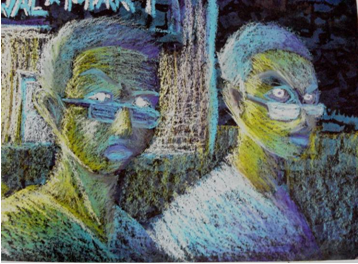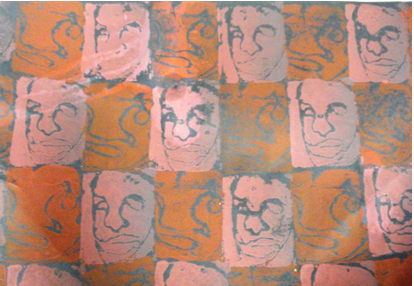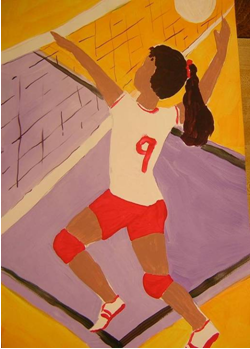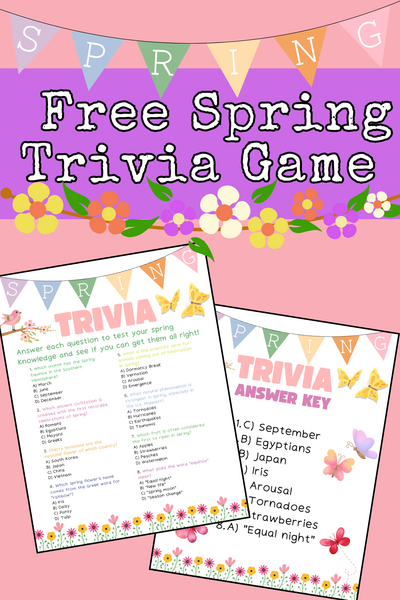Clay Duck Decoys
By making Clay Duck Decoys, students will identify the different ways artists make their ideas visual, using memory, observation, and imagination. Clay projects for kids are extremely helpful in developing creative minds. If you're looking for fun and exciting kids craft ideas, this is a great option. With only a few easy-to-find supplies, you can excited young creative minds. Create your own duck dynasty and have your little learner make this project a few different times. They'll love mixing up colors and shapes to create unique finished projects.

Target Group: Grade K
Goal (Terminal Objective): Sculpture, Collage
Objective: Students will identify the different ways artists make their ideas visual, using memory, observation, and imagination with this lesson from Sargent Art. Students will create a three-dimensional sculpture of a duck decoy and place it in an environment.
National Standards:
Visual Arts Grades K-4 Content Standard 1: Understanding and applying media, techniques, and processes
Visual Arts Grades K-4 Content Standard 2: Using knowledge of structures and functions
Visual Arts Grades K-4 Content Standard 3: Choosing and evaluating a range of subject matter, symbols, and ideas
Purpose: Students will identify line, shape, and color as art elements. Students will identify sculpture as an art form. Students will identify the characteristics of clay building. Student will identify decoy carving as a utilitarian craft that has grown into a form of art. Student will explore ways artists record their impressions of a natural environment. Students will create a three-dimensional sculpture of a duck decoy and place it in an environment.
New Vocabulary: form, artist, sculptor, shape, texture, environment, art form, craft, two-dimensional artwork, three-dimensional artwork
Materials:
- Sargent Tempera Sculpt-It
- Sargent White Glue
- Construction paper
- Scissors
- Shoe box lid or small container
- Found natural objects
Time: This lesson may be modified from one to five hours, depending upon the size and complexity of expectations.
Introduction and Motivation (Set):
View referenced websites to analyze exemplars of a variety of artworks using animals and the natural environment. Focus on the work of Audubon (contemporary artist, Basil Ede). Compare and contrast the work of Audubon with art exemplars from Japan (screen paintings).
View photos of duck decoy carvers and carvings, as well as photos of duck decoys in use.
Discuss how Native Americans used cattails and other grasses and rushes for items of construction for the essential hunting tool duck decoys. Etchings of decoys being used as hunting tools were found on primitive carvings.
Colonial Americans carved decoys and painted them very realistically. In present times, duck decoy collectors compete to purchase hand-painted duck decoys.
Instruction:
Students will view exemplars of naturalist art such as Audubon.
Students will observe visuals of ducks in their environment.
Students will observe visuals of duck decoys under construction and in use in the water. Students will discuss the purpose of a duck decoy.
Students will identify textures in nature such as repetition of lines.
Activities:
(1) Guided Practice:
1. View exemplar.
2. Compare scientific illustrations with nature studies.
3. Use pinch-pull technique to demonstrate forming basic shapes with clay. Start with an egg shape (1) for the body and a small circle (2) for the head.
4. Pull a bit of the egg-shaped body at the rear for tail features and part of the ball shape head for the beak.
5. Demonstrate how to attach head to body using scoring technique.
6. Discuss textures used in providing details for the duck. Allow clay to dry.
7. View photos of decoys to prompt a color discussion; demonstrate painting the decoy.
(The decoy may be made out of clay, fired, and glazed. The environment may be constructed during clay firing time.)
8. Discuss the environment for the duck decoy.
9. Demonstrate gluing strips of a variety of shades of green construction paper to a shoe box lid.
10. Cover the bottom inside of the box with blue to illustrate water.
(2) Independent Practice and Check for Understanding: Teacher circulates among working students visually recording students demonstrating understanding of objectives and provides reinforcement.
Teacher will assist them in focusing on the idea of modeling main shapes and main structural lines of objects.
1. Mold forms for duck body and attach.
2. Add texture using a pencil point.
3. Paint sculpture.
4. Glue blue paper to inside base of container.
5. Cut paper strips to simulate grasses and glue to outer edge of container.
6. Glue in duck.
(3) Closure: Students record as a group, either by checklist or writing prompt, the symbols used, the connection to the exemplar, and the innovations they provided to their composition.*
Evaluation: Teacher/student critique.
Identify ways in which personal style is reflected in a variety of exemplars.
How did the artwork progress from idea to completion?
Identify the use of pattern in your artwork.
Describe what lines and materials were used.
Extension: Discuss the addition of natural materials to the decoy environment. Small stones, shells, raffia, natural grasses, sand. Teach paper construction techniques for rolling brown paper to form a log to float in the water.
Read NextThanksgiving Cornucopia

